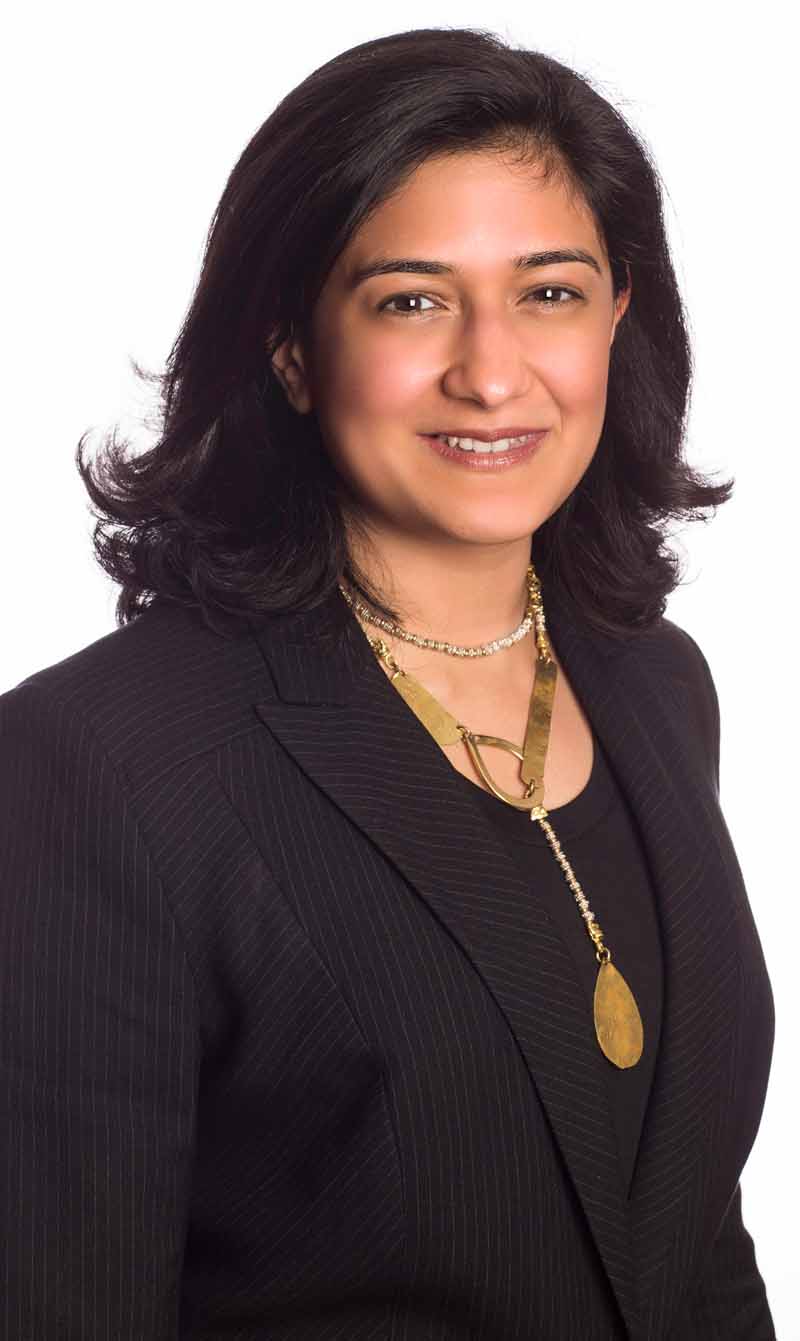Therapy for troubled hearts
Regenerative medicine – Therapy for troubled hearts
Dr Hiroto Izumi, Special Advisor to the Prime Minister of Japan and Director-General of the Office of Healthcare Policy, presented an overview of Japan’s healthcare policy with particular attention to the Government’s focus on regenerative medicine. “In 2014,
Parliament passed an Act for the promotion of healthcare policy and an Act establishing the independent administrative agency—the Japan Agency for Medical Research and Development (AMED)
—which has led to healthcare policy developments and plans to promote medical research and development in Japan,” Dr Izumi explained.
AMED was established on 1 April 2015 as a funding agency for integrated medical research and development from basic research to clinical trials and practical applications. “The healthcare policy stresses the importance of international cooperation and contributions. Under this policy, a task force for global research was established to advise developing countries, including Russia, India and Cambodia, on using Japan’s advanced technology and medical services,” Dr Izumi said.
One of the projects strongly promoted by the Government was regenerative medicine. “In January 2013, Prime Minister Shinzo Abe committed the Government to providing ¥110 billion (approximately USD 100 billion) over 10 years for the research and development of induced pluripotent stem cells (iPS),” he said. Dr Izumi added that an important move in the Government’s promotion of regenerative medicine was the establishment of new legislation that would ensure the safety and efficacy of these cutting-edge medical technologies.
“These measures have boosted the interest of both industry and academia in regenerative medicine. Nevertheless, regenerative medicine is a work in progress and we still need to make more effort,” Dr Izumi added. Despite Dr Izumi’s modest claims, however, it is undeniable that Japan has made considerable progress in regenerative therapy for cardiovascular disease. One of the advances has been a special technology to develop cardiac grafts for the treatment of heart failure.
“The treatment of heart failure is very difficult, and regenerative therapy is one of the most desired forms of treatment for this condition,” said Prof Yoshiki Sawa, Dean of the Graduate School of Medicine, Osaka University. “Our new technology, originally from Japan, uses tissue-engineered myocardial regeneration with temperature-responsive culture dishes,” Prof Sawa explained.
More than 40 cases of heart failure have been treated using this therapy, with almost all patients showing improvement in their condition. Overall, the therapy has shown a five-year survival rate of more than 80 per cent and has completed clinical trials.
These developments are complemented by regulations in Japan that shorten the duration of clinical trials:
“We can look forward to a new era in the field of the regenerative therapy,”
Prof Sawa said.
Prof Sawa hoped that this technology would be shared with the rest of the world, including the Middle East, as it has previously been used to treat patients from Saudi Arabia and Qatar.
Prof Dr Simon P. Hoerstrup, Co-Director of the Wyss Translational Center in Zurich, Switzerland, provided an overview of the progress of regenerative medicine in Switzerland, with a focus on how to organise clinical translation efficiently and ensure a proper interface between academia and industry. “Regeneration is an old dream of humankind. It dates back to the tale of Prometheus, from 2,500 years ago, when people understood that the liver was the only human organ which could regenerate by itself,” said Prof Hoerstrup. Current work being done in Zurich on regenerative medicine includes the development of tissue-engineered living heart valves with regenerative and growth potential.
“We are focusing on introducing a minimally-invasive valve, which is a catheter-based valve with living valve tissue inside it, allowing regeneration and repairs. With this, we can combine the advantages of minimally-invasive therapy with biological valves that do not regenerate. Therefore, no anti-coagulation therapy is needed,” he explained, adding that research was also being done on stem cell-based repair and regeneration.
On organising the clinical translation of these complex technologies, Prof Hoerstrup observed that “the very delicate phase, which we call the last mile of translation, is when you go into first-in-man trials. First of all, these trials are getting very expensive. Secondly, you need very specific translational infrastructures.”
It was these challenges that led to the establishment of the Wyss Translational Center in Zurich, he said, adding that “the idea is that we keep complex innovations for a longer period under the academic roof because they are very complex. In this phase, it is too early to go to the industry. You have to let the innovations mature, and then partner with the industry later.”
While Japan and Switzerland are rapidly making inroads into regenerative therapy, work in Malaysia remains at the preliminary stage. However, according to Tan Sri Dr Robaayah Zambahari, who is Senior Consultant and Cardiologist at the National Heart Institute of Malaysia, this means that there is a great potential for growth.
“The goal of regenerative medicine is to restore organ and tissue function, and is mainly for patients with serious injuries or chronic diseases who reach the end-stage,”
Dr Robaayah explained, observing that the established treatment of organ transplantation faced significant problems including the lack of donors, transplant rejection and infections.
Regenerative medicine was thus of particular interest to Malaysia and the ASEAN region given the prevalence of diabetes: “One of the long-term effects of diabetes is peripheral arterial disease; as a result, many patients lose their limbs from amputation,” she said.
Researchers in Malaysia have published nine studies concerning the use of bone-marrow stem cells in the treatment of cardiovascular disease, including cardiomyopathy and ischaemic heart disease. “The studies are all relatively small and have been published in six international journals, including Cytotherapy and The European Heart Journal, and also presented at the International Society for Cellular Therapy, the 4th European Association of Cardiothoracic Surgeons and the Asia-Pacific Cardiology Update,” Dr Robaayah said.
She noted that for Malaysia to move forward in the field of regenerative medicine, three important criteria must be fulfilled: first was funding; the second was for institutions, particularly universities, to take the lead; and the third was for each of these institutions to nominate champions to initiate research in their respective organisations.
Dr Robaayah believed that Malaysia would be able to improve only if more basic scientific research could be carried out in the country. Rounding off the first session was Dr Katsuya Hisamichi, Executive Officer and Head of Translational Research, Rohto Pharmaceutical Co Ltd, Japan, who elaborated on the importance of developing regenerative medicine therapies for the treatment of diabetes.
He began by introducing the use of mesenchymal stem cells (MSC), which had three groups of features: safety, immunogenicity and tumorgenicity; therapeutic efficacy; and easy manufacturing.
“MSC can target a wide diversity of diseases, such as liver diseases, autoimmune diseases, neurological diseases, Parkinson’s, malignancies, cardiovascular disease, and last but not least, diabetes and its complications, which is one of our very important target diseases,”
Dr Hisamichi said.
The increasing prevalence of Type-2 diabetes worldwide and its heavy financial toll was cause for great concern. Dr Hisamichi focused on the Middle East and North Africa region where one in 10 adults had diabetes and noted that there was a high ratio of diabetes generally among the populations of Muslim countries.
He also addressed the challenges of regenerative medicine in cell therapy: “One of the weaknesses of cell therapy is the difficulty in producing stem cell cultures. To solve that problem, we are now building our own cell processing centre, which will enable mass production of stem cells to meet the requirements of patients and physicians.” He also explained that Rohto Pharmaceutical supported basic research in regenerative medicine and conducted collaborative research with top academics in Japan.
Q&A
Do you think that the harmonisation of industry and academia is a necessary part of regenerative medicine?
Prof Hoerstrup: Yes, the key is how we can make sure that all this knowledge is not just used or under-used because there’s no real interface between academia and the industry. Academia and small startup companies are increasingly taking over this risky part of development, which has its pros and cons. The cons are that the development now has to be funded by the government or by investing in public-private partnerships. However, we still need to be in contact with the industry, otherwise the industry will not have the knowledge later on to understand and appreciate the developments.
The coordination between basic research and clinical research is very important. How can we manage this kind of coordination in Malaysia?
Dr Robaayah: You need a personality to be able to try and get these two together. At the moment, we are very dichotomous. We have those in academia and we have those in public service. Research has, in general, never been big. It is very rare for doctors to want to go into research but I think it is important. We know that the potential is great, but so is the risk. So you need someone, a personality, to be able to get all these groups together.
___________________





